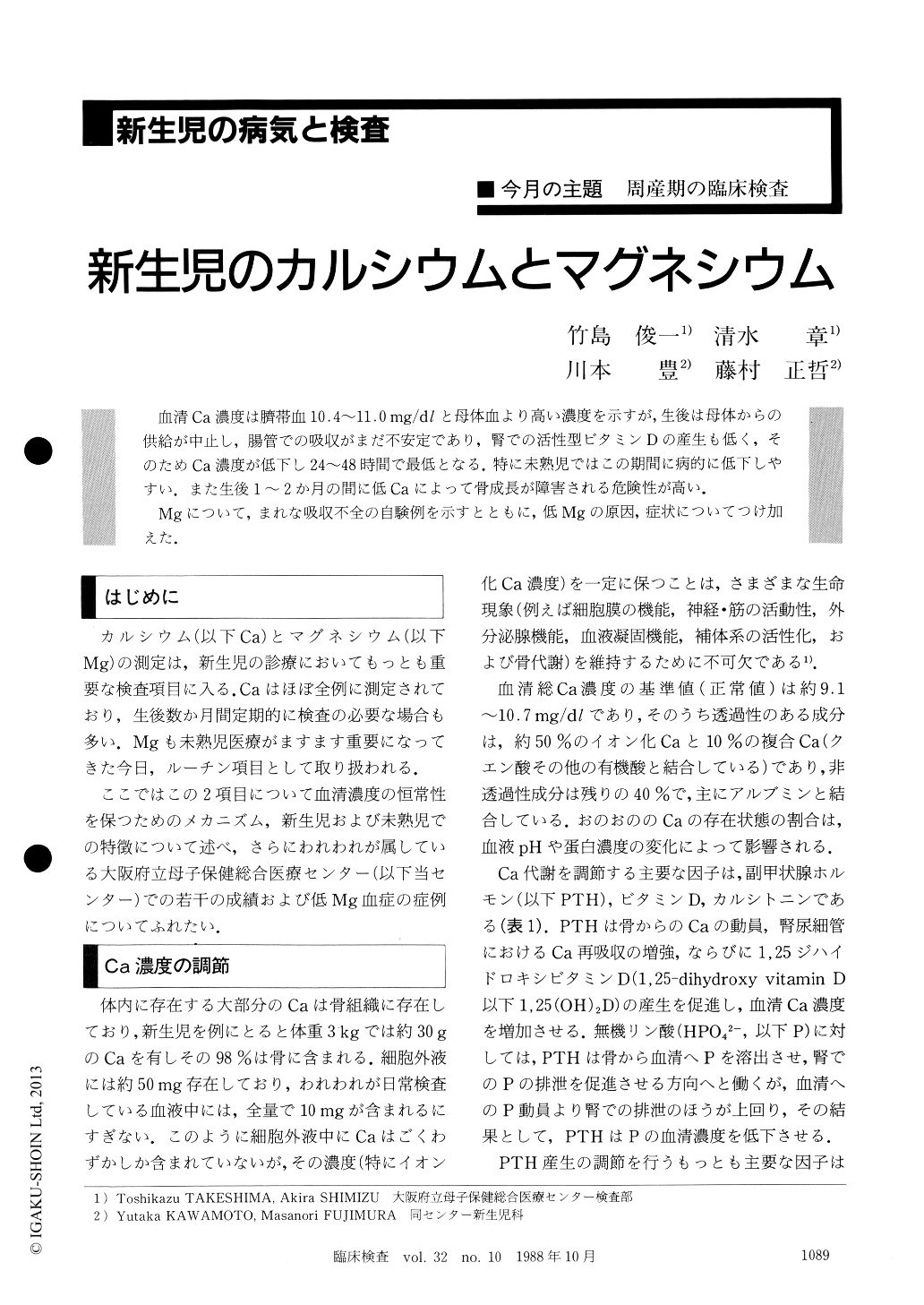25 0 0 0 IR 院政期における<奥>の精神史的考察『讃岐典侍日記』(上巻)を中心に
- 著者
- 川本 豊
- 出版者
- 佛教大学
- 雑誌
- 佛教大学大学院紀要. 文学研究科篇 (ISSN:18833985)
- 巻号頁・発行日
- vol.38, pp.59-76, 2010-03-01
本研究は、古典文学に表出される住まいに関する心性(ここでは住居感覚をさす)の歴史的な展開を解明しようとするものである。本稿では院政期の女房日記である『讃岐典侍日記』(上巻)をテクストに、天皇を看取るという特殊な時・空に繰り広げられる心情に着目し、日本文化において特徴的な<奥>という心性について考察する。<奥>は、感受する側の内在要因として身・心を、外在要因として空間・時間という二面を持っており、当該テクストからもそれをうかがうことができた。空間的には、物理的な固定性がなく対概念として存在し、「奥」に対して「表」があり、時にそれが反転したり入れ子状態になったりと、融通無碍に変化することがみてとれる。一方、時間的には、看取りのプロセスとしての<奥>がみえ、生と死、あるいは顕と冥のクロスしたゾーンにその一様態が確認できた。
- 著者
- 川本 豊 市川 秀和
- 出版者
- 日本建築学会
- 雑誌
- 日本建築学会計画系論文集 (ISSN:13404210)
- 巻号頁・発行日
- vol.86, no.787, pp.2388-2398, 2021
<p> The purpose of this study is to examine the problems about the theory of architecture, using Japanese classical literature as a text, we have taken up representations of dwelling and have conducted architectural discussions of the aspects of spatial phenomena that appear in texts, while taking the previous research by the so-called <i>Kyoto School</i> of architectural theory, led by <i>Masuda Tomoya</i>. Masuda argues that "A house must first be positioned in its landscape". <i>Tanaka Takashi</i>, Masuda's disciple, applied the word "<i>utsusukoto</i>" to the phenomenon of dwelling, and aimed to open up the phenomenon of "<i>scenery</i>" from a new perspective that included the Oriental theory of the body and mind. In this context, Tanaka took up <i>Saito Mokichi</i> and others. </p><p> First in this paper, we would like to begin with the poetry of <i>Tachibana Akemi</i>, a Fukui poet lived at the end of the Edo period, about "dwelling" in own house. <i>Akemi</i> wrote 52 poems titled <i>Dokurakugin</i>, about the joy of living with his family. It can be said that the words in the poems capture the real scenery of the family's poor but peaceful life. We must not overlook the common thread between "dwelling" and "scenery". </p><p> Next, we would like to take up <i>Kaidouki</i>, author unknown, a travelogue of Kamakura period. Here, travel is defined as an act of leaving one's house, and returning to it. The author's view of dwelling could be outlined in his way of life, through the descriptions of the scenery he saw with his own eyes on the way, and the scenes of people's lives, as well as through <i>Kaidouki</i> that expresses self-referentiality in the extraordinary place of travel. Even in the midst of a travel, the author's thought of <i>Miyako</i> as his hometown, his home there, and his family, are a chain of scenery. </p><p> Then the third, take up the Haiku of <i>Inoue Seigetsu</i>, who wandered around <i>Shinano</i> at the end of the Edo period. He is said to have come from a samurai, but lost his family in a disaster. He eventually entered <i>Inadani</i> and stayed there for the rest of his life. It is thought that he is adrift not only in the spatial existence of own dwelling, but also in the temporal existence of his life. The word "wandering " is taken to mean the act of drifting away from one's dwelling, also of moving one's body and mind. So most of <i>Seigetsu's</i> poems are written from the outside of the house to the inside, and it can be said that he wrote about the scenery of the house as seen through shoji and windows. There are also a few poems that depict the inside of a house, which must have been a real scene that shows how much he appreciated his home that he could not have. </p><p> Three phenomena can be contrasted and placed into "housing/dwelling", "travelling/not-dwelling" and "wandering/non-dwelling". Although we usually consider only "dwelling", but we can point out that the depth of "dwelling" becomes clearer by taking up contrasting phenomena such as "travelling" and "wandering ". </p><p> In this paper, we clarify the multidimensional reality of "dwelling" from the perspective of architectural theories of three phenomena, "dwelling", "not-dwelling" and "non-dwelling" in order to comprehensively reveal some aspects of the scenery of dwelling. </p>
2 0 0 0 OA 『十訓抄』における「見る」ということ : 「冥-顕」像との関連から
- 著者
- 川本 豊
- 出版者
- 日本印度学仏教学会
- 雑誌
- 印度學佛教學研究 (ISSN:18840051)
- 巻号頁・発行日
- vol.64, no.1, pp.144-147, 2015-12-20
- 著者
- 川本 豊
- 出版者
- 日本印度学仏教学会
- 雑誌
- 印度學佛教學研究 (ISSN:00194344)
- 巻号頁・発行日
- vol.64, no.1, pp.144-147, 2015
1 0 0 0 新生児のカルシウムとマグネシウム
- 著者
- 川本 豊
- 出版者
- 北陸宗教文化学会
- 雑誌
- 北陸宗教文化 = Religion and culture (ISSN:09154078)
- 巻号頁・発行日
- no.31, pp.49-57, 2018-03

